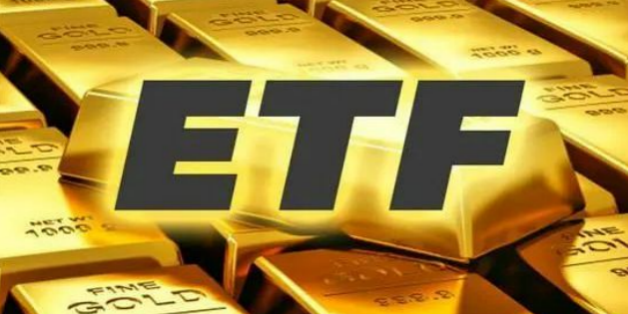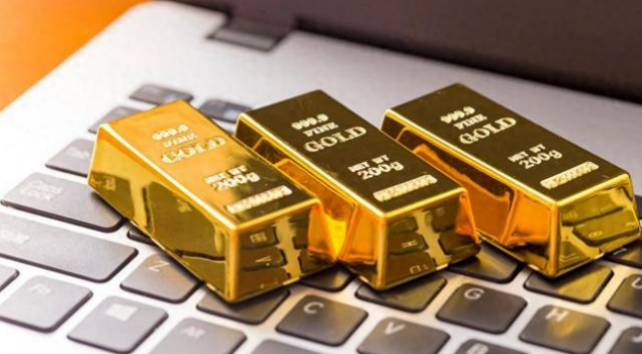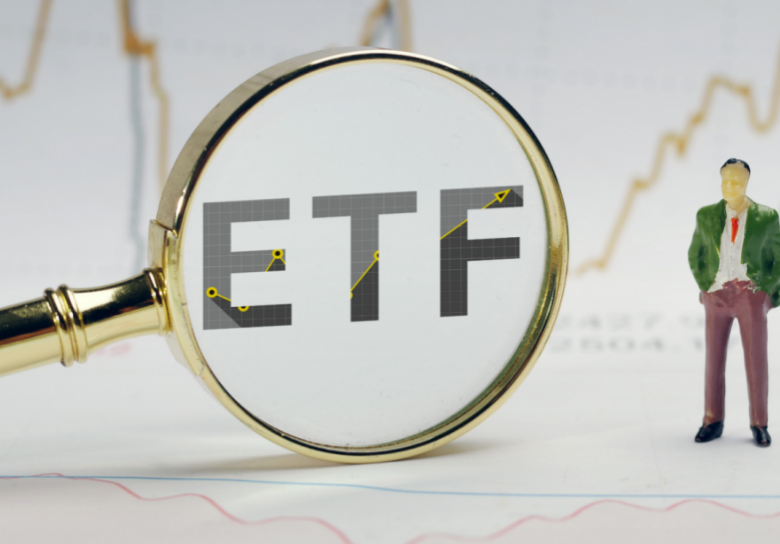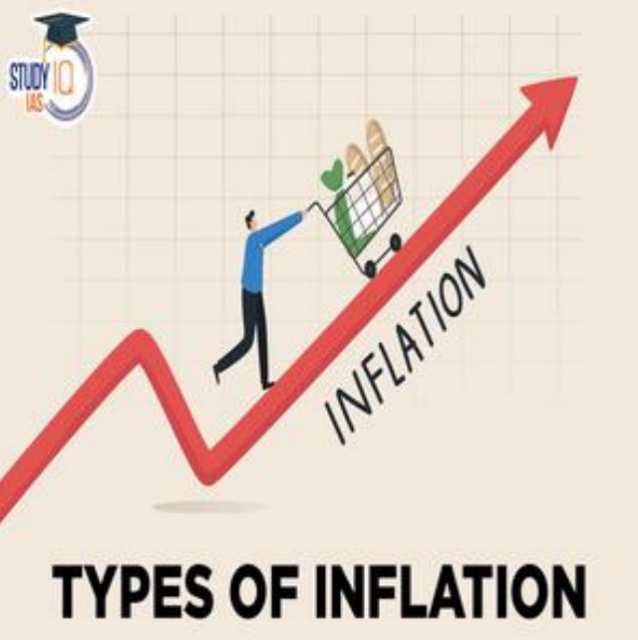When the spot gold price in London broke its historical high of $3,057 per ounce on March 20, global investors seemed to have heard the "gold rush call" of the 21st century. This modern-day gold rush no longer requires pickaxes and mine carts, instead, it is driven by mobile apps and ETF codes. However, unlike the California Gold Rush of 1849, this time, the gold mine is hidden in the stock exchange, and the tools for digging gold have transformed into various gold ETF products.

Commodity gold ETFs have become the most sought-after "virtual pickaxes" in this digital gold rush. The shares of Huazhuan Gold ETF (518880.OF) surged from 4.85 billion to 5.485 billion in just three months, representing a net inflow of more than 600 million "digital gold" into the market. ETFs from institutions such as Bossra Guotai, and Hua Xia have also seen net inflows, and these products serve as virtual vaults, allowing investors to enjoy the benefits of rising gold prices without physically touching the gold bars. The operational mechanism of these commodity gold ETFs is clever: over 90% of their assets are invested in spot contracts on the Shanghai Gold Exchange, effectively creating a bridge between the digital world and physical gold.
When investors purchase one ETF share, it is equivalent to storing a small piece of gold in the cloud. This investment method's convenience has brought gold investment from bank vaults into ordinary people's mobile wallets, explaining why these "digital gold bars" are so popular amidst rising gold prices.
In contrast to the general surge in commodity ETFs, the performance of gold stock ETFs is like the weather in a mining district some are sunny, while others are clouded. The shares of Yongying Zhongzheng Shanghai-Hong Kong Gold Industry Stock ETF (517520.OF) have increased by 600 million this year, while similar products from Huaxia and ICBC have seen a net outflow of funds. This divergence highlights the complexity of the gold industry chain: high gold prices are a blessing for upstream mining companies, but may be a curse for downstream retailers.

Analysts point out that when the gold price breaks through the $3,000 mark, gold mining companies’ profit margins expand, but jewellery retailers may face the dilemma of consumers hesitating to buy. According to data from the China Gold Association, gold jewellery consumption fell nearly 25% last year, which explains why stock ElFs tracking the entire industry chain are seeing a "some happy, some sad" situation.
Investors are voting with real money, choosing the "miners" that can truly profit from the high-price environment, while avoiding the "goldsmiths" who may be crushed by costs.
With gold prices reaching historical highs, an interesting phenomenon has emerged: the growth in shares of some commodity gold ETFs has slowed down, even slightly declining. It's like experienced gold prospectors in 1849, who, when gold prices soared, chose to cash in their gold rather than continue to hoard it Market participants interpret this as investors beginning to take a "profit-taking" strategy, a prudent approach that stands out in a fervent market atmosphere. This profit-taking behaviour reflects the maturity of modern investors they know how to follow trends and also understand the importance of taking profits at the right time. When gold prices break through the $3,000 psychological barrier, some investors choose to lock in part of their profits, striking a balance between risk and reward. This strategy is far more sustainable than blindly chasing highs and selling lows.

For ordinary investors, perhaps the most important thing is not to predict the absolute peak of gold prices but to understand the unique role of gold in asset allocation.
Whether as a hedging tool or a means of diversification, gold deserves a place in an investment portfolio. Participating in this round of gold rush through gold ETFs is undoubtedly the most convenient "gold-digging" method in the digital era. In this modern gold rush, the most astute investors are not those blindly chasing the highest points but those who know how to use the right tools, control risks, and adhere to a long-term investment philosophy. After all, true wealth lies not in the highs and lows of the market but in establishing an investment system that can withstand market cycles.





